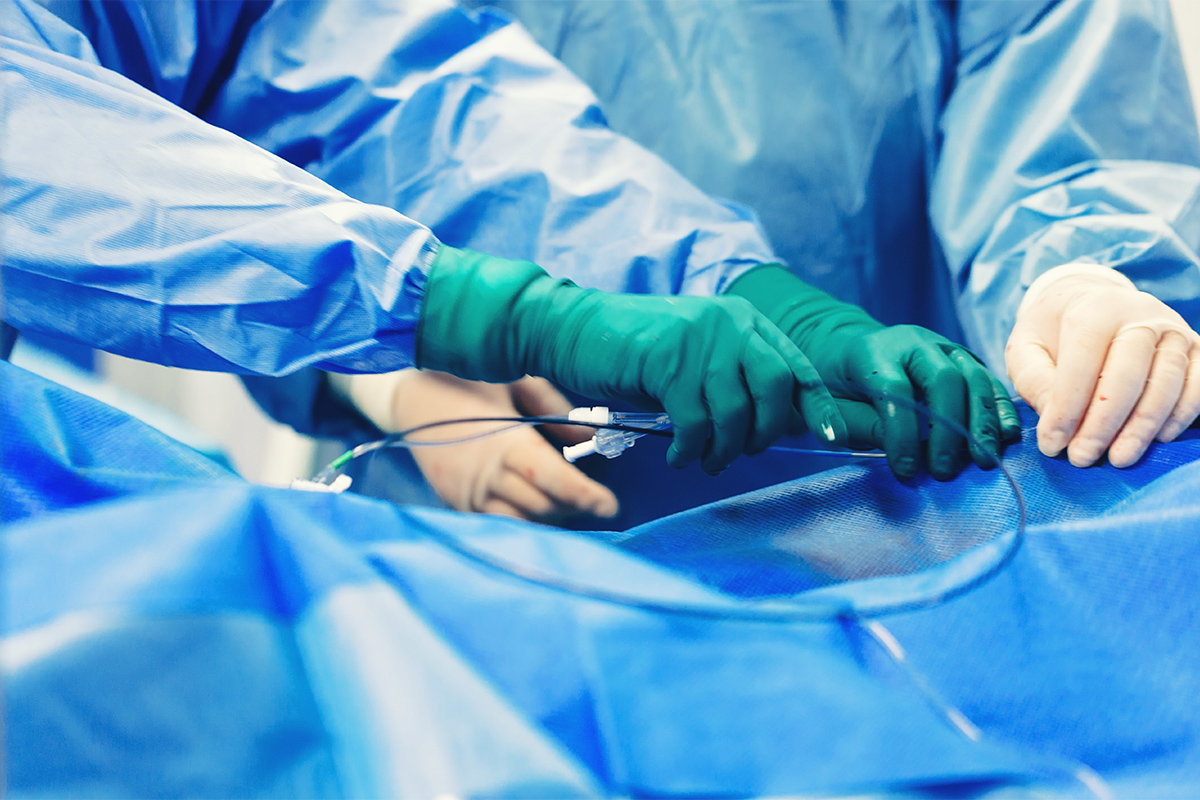Let’s Innovate Together!

Cardiovascular medicine is a team sport. The more that a cardiologist seeks input from others, the better he or she performs as a cardiologist. When faced with challenge, perhaps someone else has a creative, outside-the-box solution. On a daily basis, cooperative clinical innovation leads to better patient care.
On a larger scale, collaborative research, didactic, and policy innovation are necessary to move our field forward.
In 2001, education theorists Anat Drach-Zahavy and Anit Somech published a study examining 52 administrative teams in educational training programs. They measured the teams' "innovation" in terms of the initiation of changes within six months in work objectives, working methods, teaching methods and development of skills.
In this landmark study, the factor that best predicted innovation was team heterogeneity. Teams that included individuals with different backgrounds and areas of expertise were more likely to innovate successfully.
The rapidly-growing subspecialty of structural heart disease relies heavily on heterogenous-team-based innovation. The field itself is the product of such innovation. Beginning with the aptly-named "PARTNER Trial," the interdisciplinary "heart team" approach to structural heart disease has brought diverse skillsets together to innovate in patient care.
Accordingly, both the American and European professional society guidelines give Class I recommendations to the heart team approach. American payers actually require a heart team approach for TAVR to qualify for reimbursement. Moreover, patients undergoing SAVR at TAVR-capable centers have a lower mortality rate than patients undergoing SAVR at non-TAVR centers, suggesting a potential survival benefit to the heart team.
At the University of Nebraska Medical Center (UNMC), we have been privileged to enjoy an interdisciplinary team approach to many aspects of structural heart disease. Formed at the beginning of the TAVR era, the UNMC valve team of imaging cardiologists, interventional cardiologists and cardiac surgeons holds formal weekly meetings to innovate around aortic and mitral valve therapies for individual patients.

Since 2017, our interdisciplinary atrial fibrillation team has brought electrophysiology and interventional cardiology together to innovate around ablation, anticoagulation and left atrial appendage occlusion. Most recently, since 2018, we have pioneered an interdisciplinary heart-brain team comprised of adult and pediatric interventional cardiologists and neurologists caring for patients with patent formen ovale and septal defects.
The innovation of a heart-brain team has allowed for joint evaluation, discussion and management to occur in real-time, instead of shuttling patients between multiple doctor visits and discussing through the electronic medical record.
Indeed, among the greatest strengths of our program – and among the greatest pleasures of working here – are the opportunities for interdisciplinary collaboration and innovation.
By launching the ACC Health Care Innovation Section in 2018, the College has taken the lead in fostering collaborative innovation in cardiovascular medicine. Through the medium of the ACC, I look forward to working with colleagues worldwide.
I invite you to contact me and others to form collaborations through the ACC Health Care Innovation Section: let's innovate together!

